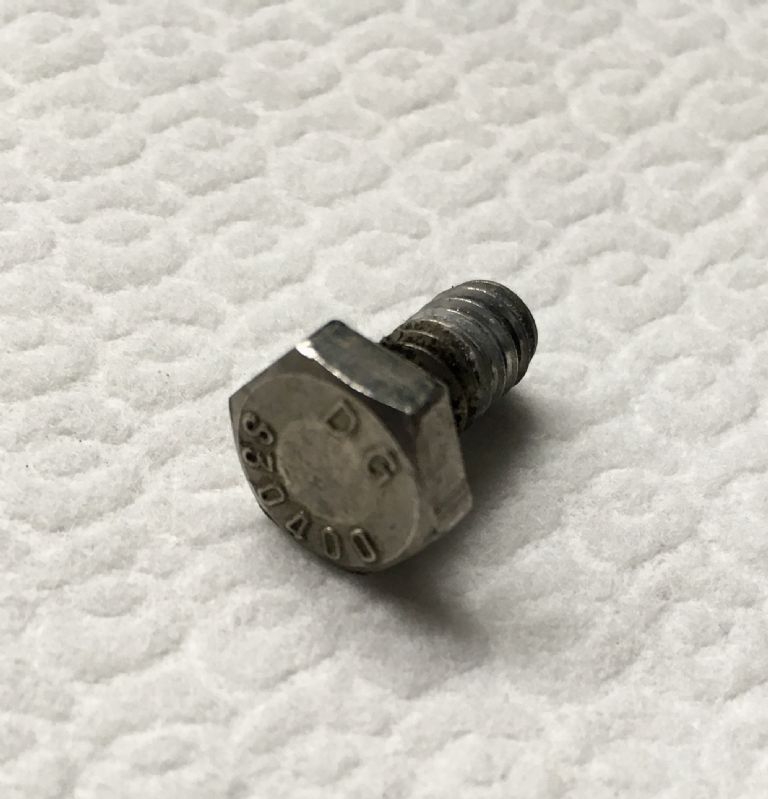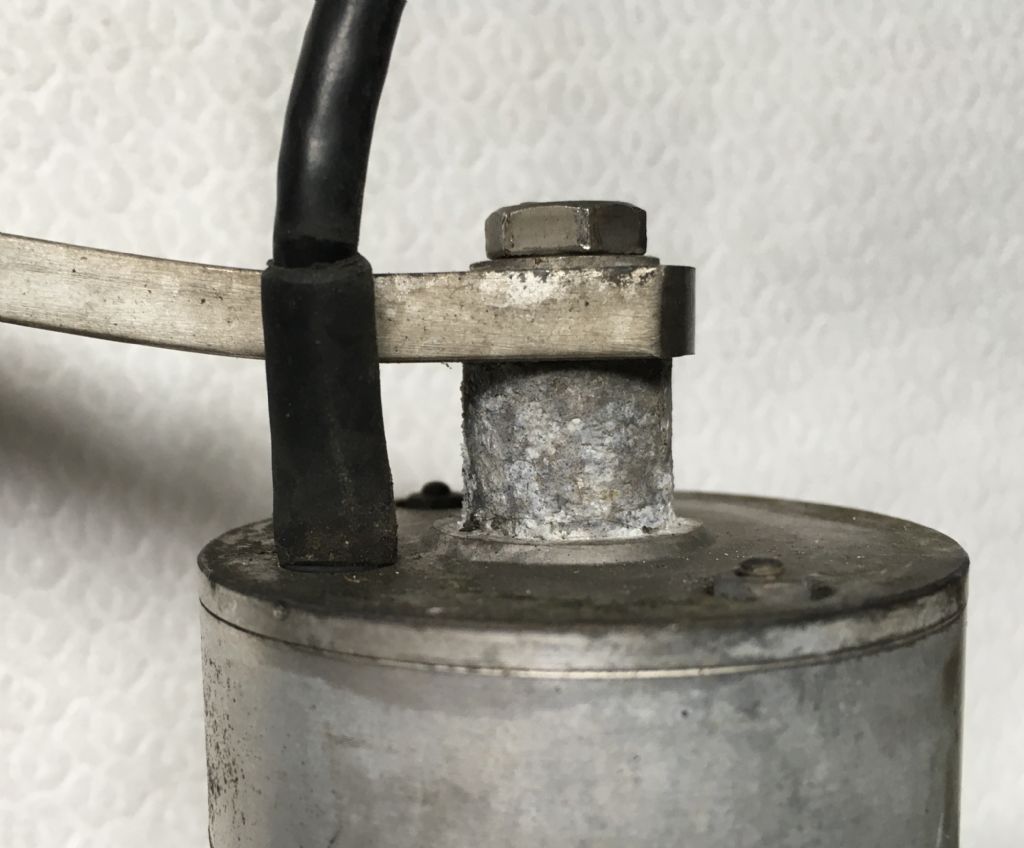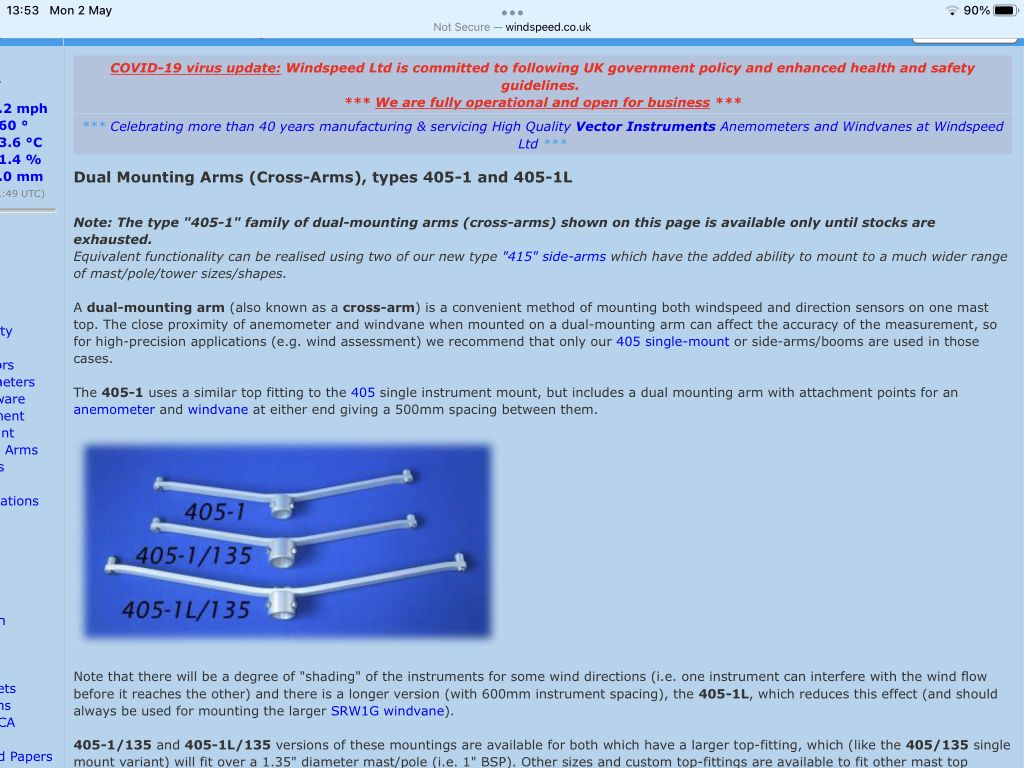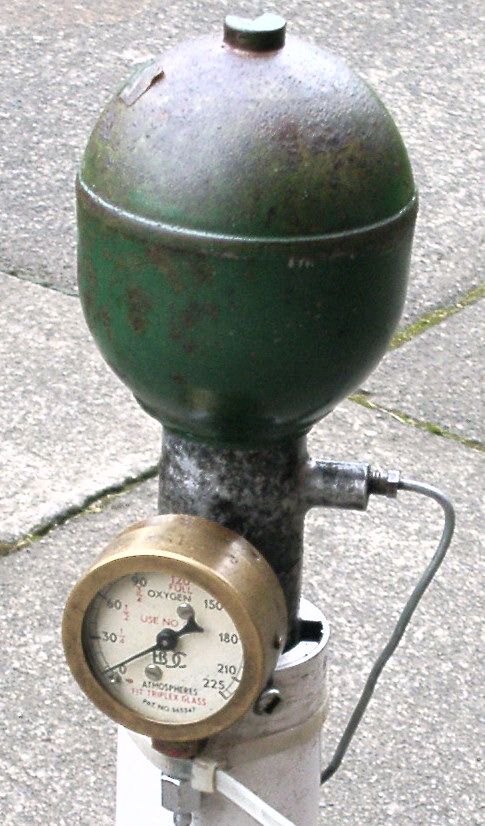Posted by Macolm on 03/05/2022 10:29:29:
I have had reasonable success with parts of that configuration using a portable spot welder. There needs to be access to clamp the jaws across opposite sides of the boss. After scraping to get contact, power is applied to heat it. The current only flows in the outer, so expansion tends to loosen the grip. With steel it takes maximum welder settings to get to near red heat as quickly as possible. Aluminium must obviously to be kept cooler, but expands more. If the parts move at all, it is then merely a case of working in penetration oil, and patience. The method can also facilitate oil penetration at lower temperatures, with just enough heat to result in a capillary gap.
The fast and targeted heating seems to increase the chance of success. The nearest alternative is fast heating with oxy-acetylene which is far more risky.
I like the idea of electrical, but I'd expect it to be harder to do to Aluminium than steel. The problem with Aluminium is it's a much better conductor than steel, so much more current is needed to get the same heating effect.
W = I²R
Where W is heat in Watts, I is current in amps, and R is the resistance of the heated element in ohms. Note the amps have to be squared to get watts out of a low resistance. Aluminium also conducts heat away better than steel, again requiring more watts to get up to temperature. A welder powerful enough to loosen to a steel bolt might not be man enough for Aluminium.
Rather than connect directly to the Aluminium, it might be better to interpose a carbon block as a heating element. As Carbon has a higher resistivity than Aluminium, it would heat up with fewer amps, putting less stress on the welder. The disadvantage is the carbon block heats the corroded joint indirectly, reducing the value of rapid expansion.
Macolm's comment about oxy-acetylene being risky here is well made, and similar applies to most of the other methods that work well on steel. Aluminium being soft, chemically reactive and with a low melting point makes it hard to free up a corroded joint without causing serious damage.
Dave
Edited By SillyOldDuffer on 03/05/2022 11:21:59
Macolm.








